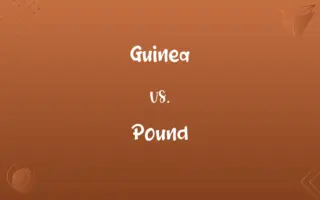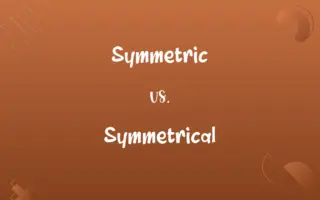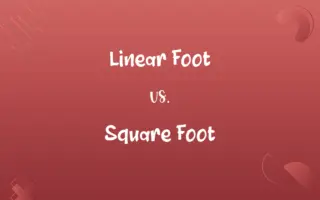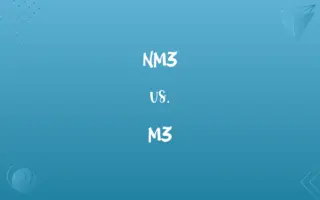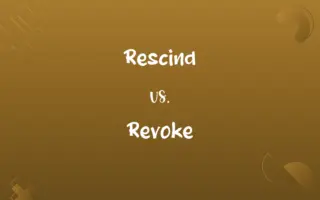Miles vs. Kilometer: Know the Difference

By Shumaila Saeed || Published on February 21, 2024
A mile is a unit of length in the imperial system, equal to 5,280 feet, while a kilometer is a metric unit of length, equal to 1,000 meters.
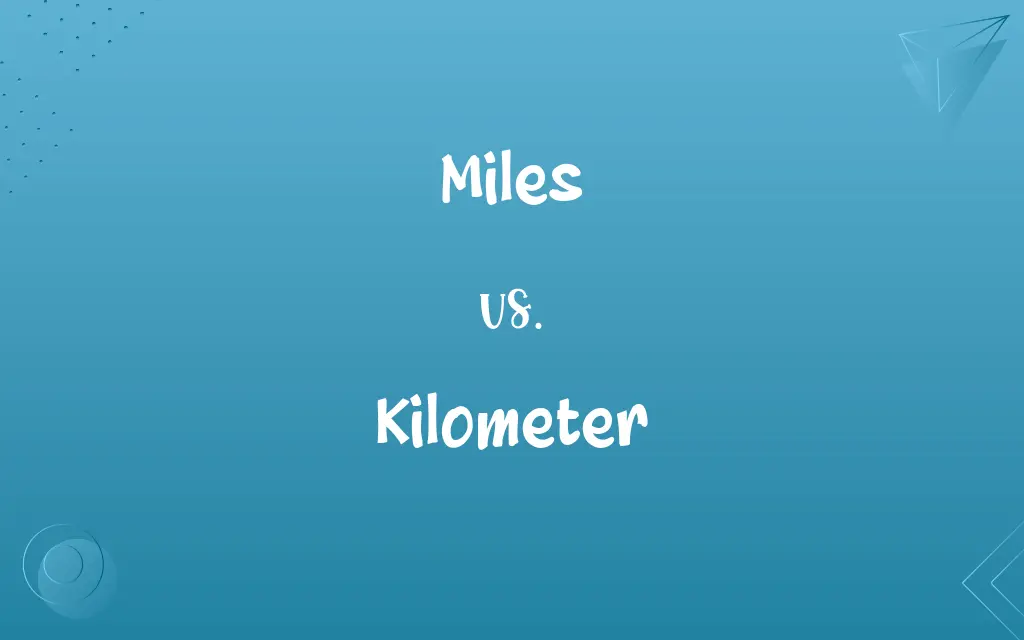
Key Differences
Miles are used primarily in the United States and United Kingdom, measuring distance. A mile is equivalent to 5,280 feet or 1,760 yards. Kilometers, on the other hand, are part of the metric system, widely used globally, with one kilometer equaling 1,000 meters.
Shumaila Saeed
Feb 21, 2024
The concept of a mile dates back to Roman times, originally defined as a thousand paces. Today, it's used for road distances in the U.S. and U.K. Kilometers, introduced during the French Revolution, are used in most countries for expressing distances, especially in road signage and maps.
Shumaila Saeed
Feb 21, 2024
For athletic events, miles and kilometers are both used. Marathons are typically measured in kilometers, but races like the mile run use the imperial unit. The usage of miles or kilometers in athletic events often depends on the country and the sport's tradition.
Shumaila Saeed
Feb 21, 2024
When converting distances, one mile equals approximately 1.609 kilometers. This conversion is important in fields like aviation and international travel. Conversely, one kilometer is roughly equivalent to 0.621 miles, a conversion used in scientific and international contexts.
Shumaila Saeed
Feb 21, 2024
In navigation, miles are often referred to as nautical miles, which are different from land miles. A nautical mile is about 1.1508 land miles. Kilometers remain consistent in all contexts, always representing 1,000 meters, whether used on land or at sea.
Shumaila Saeed
Feb 21, 2024
ADVERTISEMENT
Comparison Chart
ADVERTISEMENT
Miles and Kilometer Definitions
Miles
A mile is a unit of distance in the imperial system.
The race was 5 miles long.
Shumaila Saeed
Jan 15, 2024
Kilometer
One kilometer equals about 0.621 miles.
The island is 3 kilometers, or approximately 1.86 miles, offshore.
Shumaila Saeed
Jan 15, 2024
Miles
A mile is used for road distances in the U.S. and U.K.
The next town is 10 miles away.
Shumaila Saeed
Jan 15, 2024
Kilometer
A kilometer is a metric unit of length equal to 1,000 meters.
The trail is 2 kilometers long.
Shumaila Saeed
Jan 15, 2024
Miles
One nautical mile differs from a land mile.
The ship traveled 200 nautical miles.
Shumaila Saeed
Jan 15, 2024
ADVERTISEMENT
Kilometer
Kilometers are used globally for distance measurement.
The distance between the cities is 100 kilometers.
Shumaila Saeed
Jan 15, 2024
Miles
A mile originates from the Roman 'mille passus'.
Ancient Romans measured longer distances in miles.
Shumaila Saeed
Jan 15, 2024
Kilometer
A kilometer is part of the metric system.
The marathon is 42.195 kilometers in length.
Shumaila Saeed
Jan 15, 2024
Miles
A mile equals 5,280 feet.
The park is a half-mile, or 2,640 feet, from here.
Shumaila Saeed
Jan 15, 2024
Kilometer
Kilometers are commonly used in road signage.
The sign read 'Next service station 5 kilometers'.
Shumaila Saeed
Jan 15, 2024
Miles
Abbr. mi. or mi A unit of length equal to 5,280 feet or 1,760 yards (1,609 meters), used in the United States and other English-speaking countries. Also called land mile, statute mile. See Table at measurement.
Shumaila Saeed
Jan 14, 2024
Kilometer
A metric unit of length equal to 1,000 meters (0.62 mile). See Table at measurement.
Shumaila Saeed
Jan 14, 2024
Kilometer
A measure of length, being a thousand meters. It is equal to 3,280.84 feet, or 0.62137119 of a mile.
Shumaila Saeed
Jan 14, 2024
Miles
(informal) A great distance in space or time.
His final shot missed the bullseye by miles.
From the top of the hill you can see for miles.
No need to hurry. The deadline is miles away.
Shumaila Saeed
Jan 14, 2024
Miles
Much; a lot used to emphasise a comparative
Her new paintings are miles better than her older ones.
Shumaila Saeed
Jan 14, 2024
Repeatedly Asked Queries
What is a kilometer?
A kilometer is a metric unit of length, equal to 1,000 meters.
Shumaila Saeed
Feb 21, 2024
Why does the U.S. use miles instead of kilometers?
The U.S. continues to use the imperial system, which includes miles, for historical and cultural reasons.
Shumaila Saeed
Feb 21, 2024
What is a mile?
A mile is a unit of length, primarily used in the U.S. and U.K., equal to 5,280 feet.
Shumaila Saeed
Feb 21, 2024
Are miles and kilometers used interchangeably?
Generally, miles and kilometers are not used interchangeably as they belong to different measurement systems.
Shumaila Saeed
Feb 21, 2024
How do you convert kilometers to miles?
To convert kilometers to miles, multiply by about 0.621.
Shumaila Saeed
Feb 21, 2024
Are kilometers used in aviation?
In aviation, distances are usually measured in nautical miles, not kilometers.
Shumaila Saeed
Feb 21, 2024
Why is the kilometer more commonly used globally?
The kilometer is part of the metric system, which is the international standard for measurements.
Shumaila Saeed
Feb 21, 2024
Can you convert miles to kilometers?
Yes, to convert miles to kilometers, multiply by approximately 1.609.
Shumaila Saeed
Feb 21, 2024
What's the origin of the mile?
The mile originated from the Roman measurement 'mille passus,' meaning a thousand paces.
Shumaila Saeed
Feb 21, 2024
When was the kilometer defined?
The kilometer was defined during the French Revolution as part of the metric system.
Shumaila Saeed
Feb 21, 2024
Are road signs in Europe in miles or kilometers?
In Europe, road signs are typically in kilometers.
Shumaila Saeed
Feb 21, 2024
How is a mile used in everyday life in the U.S.?
In the U.S., miles are commonly used for road distances, odometer readings, and athletic events.
Shumaila Saeed
Feb 21, 2024
What is a nautical mile?
A nautical mile is a unit of measurement used in maritime and air navigation, equal to 1.1508 land miles.
Shumaila Saeed
Feb 21, 2024
Which sports use miles for distance?
Sports like track and field in the U.S. often use miles for distance events.
Shumaila Saeed
Feb 21, 2024
Do all English-speaking countries use miles?
Not all; countries like the U.K. and U.S. use miles, while others, like Australia and Canada, use kilometers.
Shumaila Saeed
Feb 21, 2024
Do maps use miles or kilometers?
Maps can use either, depending on the country and the map's purpose.
Shumaila Saeed
Feb 21, 2024
Is learning both miles and kilometers important?
Yes, understanding both is important for international travel and scientific work.
Shumaila Saeed
Feb 21, 2024
Share this page
Link for your blog / website
HTML
Link to share via messenger
About Author
Written by
Shumaila SaeedShumaila Saeed, an expert content creator with 6 years of experience, specializes in distilling complex topics into easily digestible comparisons, shining a light on the nuances that both inform and educate readers with clarity and accuracy.





